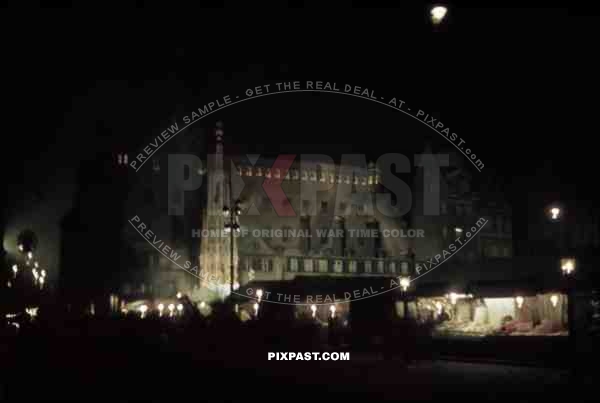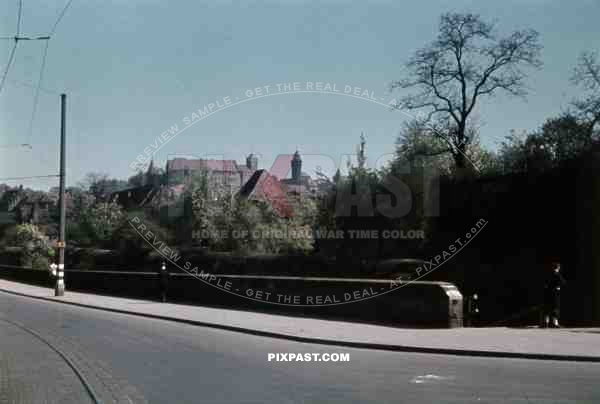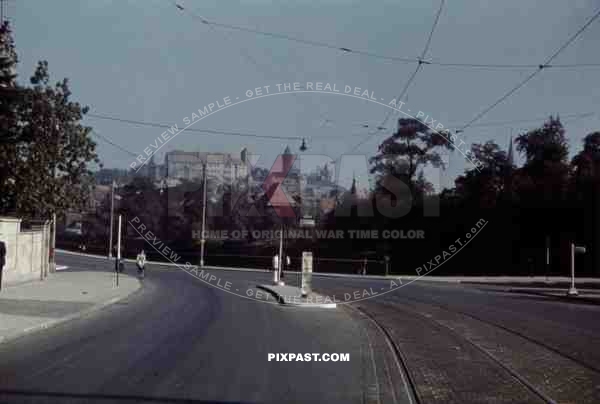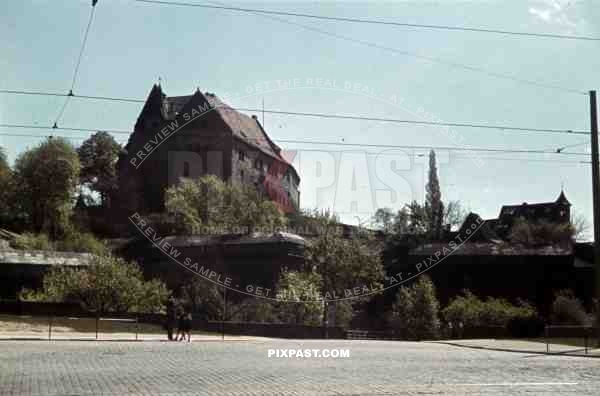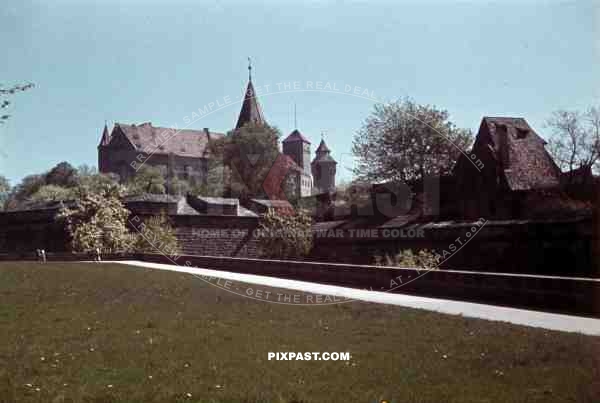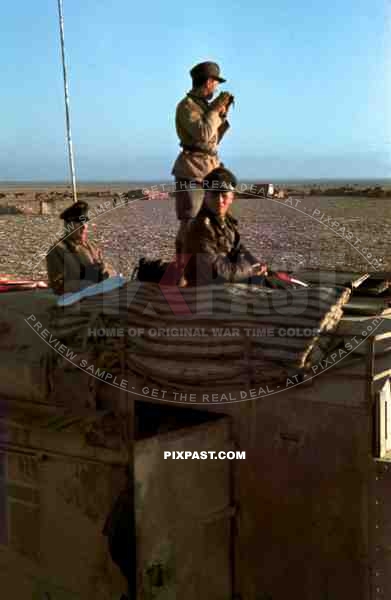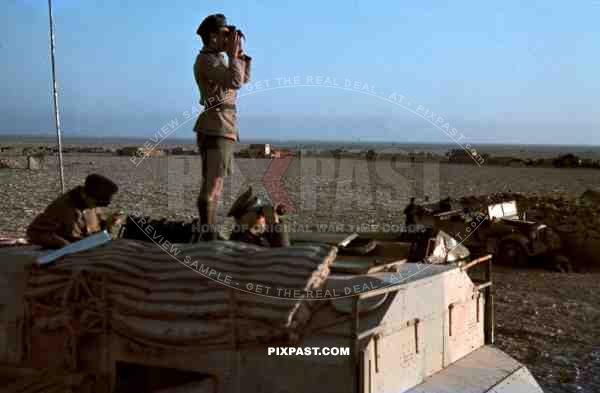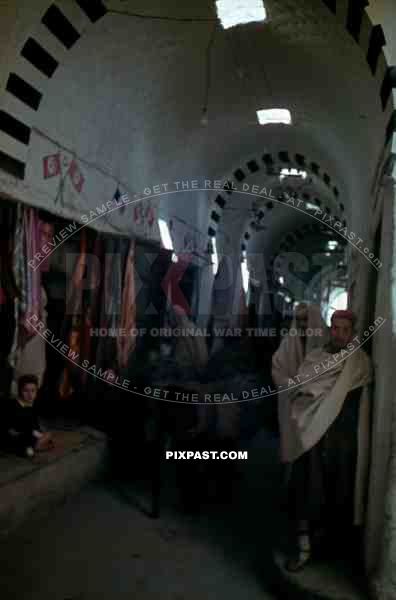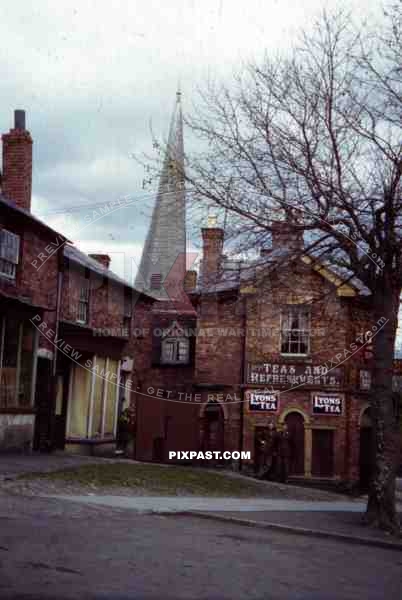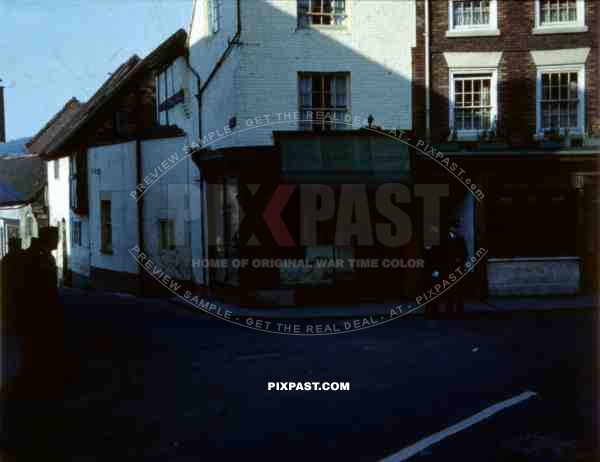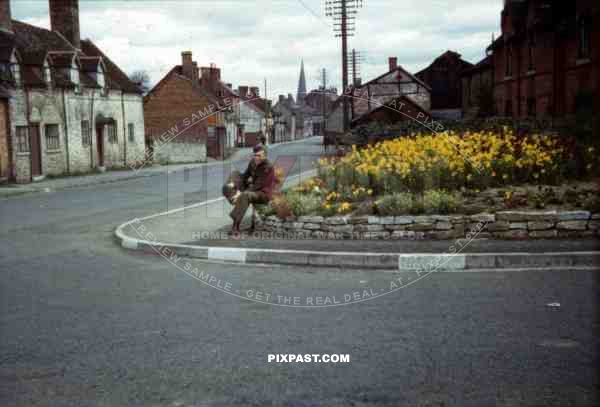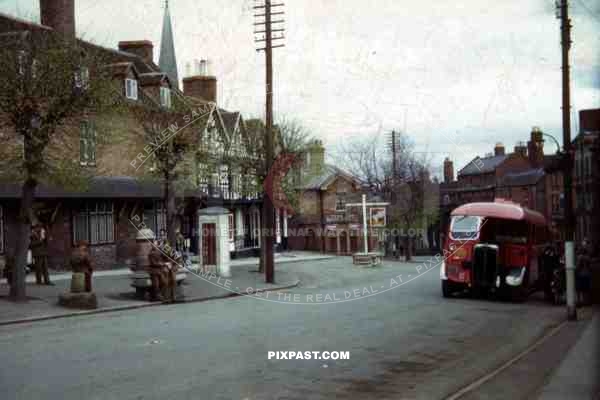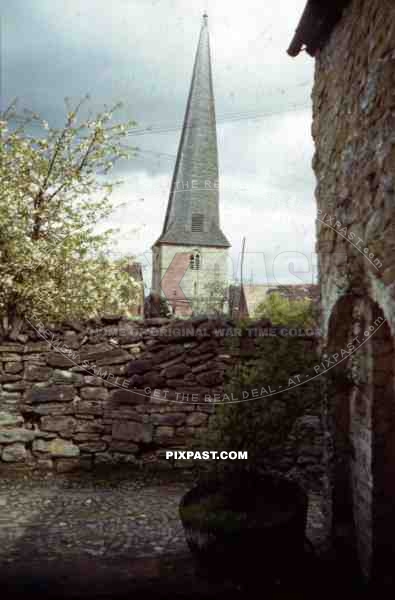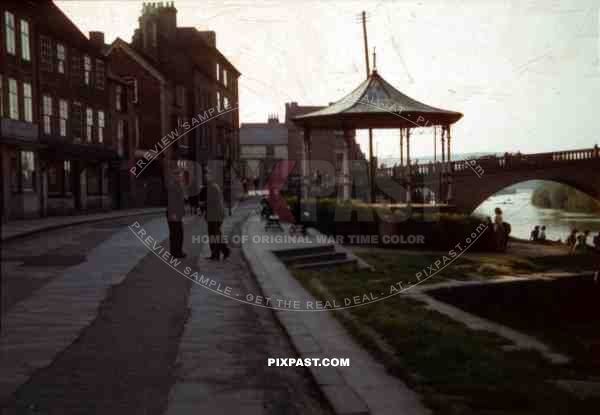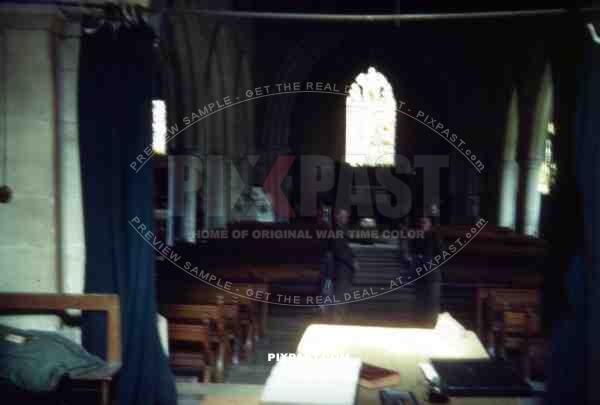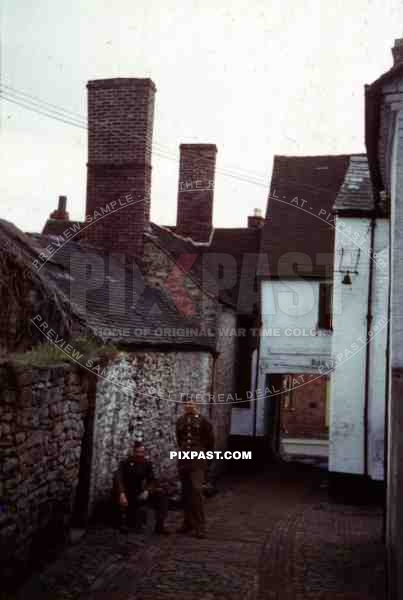Results (4778)
At the market place by night in Nuremberg, Germany ~1940
At the market place at night in Nuremberg, Germany ~1940
Schöne Brunnen by night in Nuremberg, Germany ~1940
Schöne Brunnen by night in Nuremberg, Germany ~1940
Am Neutorgraben and Castle of Nuremberg, Germany ~1940
Am Neutorgraben and Castle of Nuremberg, Germany ~1940
Am Neutorgraben and Castle of Nuremberg, Germany ~1940
Am Neutorgraben and Castle of Nuremberg, Germany ~1940
Am Neutorgraben and Castle of Nuremberg, Germany ~1940
Am Neutorgraben and Castle of Nuremberg, Germany ~1940
Am Neutorgraben and Castle of Nuremberg, Germany ~1940
Am Neutorgraben and Castle of Nuremberg, Germany ~1940
Am Neutorgraben and Castle of Nuremberg, Germany ~1940
Am Neutorgraben and Castle of Nuremberg, Germany ~1940
Field Marshal Erwin Rommel watching battlefield 1941 Tunisia in Captured British armoured truck MAX. MAMMUT
Field Marshal Erwin Rommel watching battlefield 1941 Tunisia in Captured British armoured truck MAX. MAMMUT
Field Marshal Erwin Rommel watching battlefield 1941 Tunisia in Captured British armoured truck MAX. MAMMUT
Field Marshal Erwin Rommel watching battlefield 1941 Tunisia in Captured British armoured truck MAX. MAMMUT
Field Marshal Erwin Rommel watching battlefield 1941 Tunisia in Captured British armoured truck MAX. MAMMUT
Field Marshal Erwin Rommel watching battlefield 1941 Tunisia in Captured British armoured truck MAX. MAMMUT
Souq al-Mushir Market, Tripoli, Libya, 1942, German Afrika Korp
Souq al-Mushir Market, Tripoli, Libya, 1942, German Afrika Korp
Church Street in Cleobury, England ~1944
two GIs in front of a bakery at the Church Street in Cleobury, England ~1944
two policemen in Bewdley, England ~1944
two policemen standing in front of some shops in Bewdley, England ~1944
a GI at the Vaughan Rd. in Cleobury, England ~1944
a GI at the Vaughan Rd. in Cleobury, England ~1944
bus at the High Street in Cleobury, England ~1944
bus to Ludlow stopping at the High Street in Cleobury, England ~1944
tower of St. Mary´s church in Cleobury, England ~1944
tower of St. Mary´s church in Cleobury, England ~1944
Severn Side Street in Bewdley, England ~1944
two GIs at Severn Side Street in Bewdley, England ~1944
inside St. Mary´s church in Cleobury, England ~1944
two GIs inside St. Mary´s church in Cleobury, England ~1944



